 On April 7, 2017, my family and I hosted a home-going to celebrate the life of my great aunt. A home-going is a traditional African American, Christian funeral service held to rejoice the deceased person’s returning to heaven, and this elaborate funeral ritual has a deep history dating back to the arrival of African slaves in America in the 1600s. There are several aspects that set this service apart from the traditional funeral, including the week-long visitation to the bereaved family’s home, the wake, and the elaborate funeral procession. About a week prior to the service, a plethora of friends, neighbors, co-workers, and family members who live in different areas of the world travel to visit the bereaved family every day to offer their condolences (the same people may or may not visit the family every day). A wake is then held for the deceased between 2 to 3 days prior to the funeral, and this allows family members and friends to have few personal moments with the deceased. On the day of the funeral, a group of police escorts arrive to the bereaved family’s house, and the family is escorted to the church. During this process, the family bypasses certain traffic laws, such as passing through red lights. At the church, some of the women of the family act as flower girls, and their job is to remove the elaborate bouquets of flowers that will be placed on the casket during the funeral. The service itself is often an emotional, high energy event that entails family members singing African American hymns and a boisterous eulogy by the pastor. Afterwards, the funeral procession travels to the gravesite, and people wait until the body is partially buried before leaving to return to the church or to the family’s house to dine with one another.
On April 7, 2017, my family and I hosted a home-going to celebrate the life of my great aunt. A home-going is a traditional African American, Christian funeral service held to rejoice the deceased person’s returning to heaven, and this elaborate funeral ritual has a deep history dating back to the arrival of African slaves in America in the 1600s. There are several aspects that set this service apart from the traditional funeral, including the week-long visitation to the bereaved family’s home, the wake, and the elaborate funeral procession. About a week prior to the service, a plethora of friends, neighbors, co-workers, and family members who live in different areas of the world travel to visit the bereaved family every day to offer their condolences (the same people may or may not visit the family every day). A wake is then held for the deceased between 2 to 3 days prior to the funeral, and this allows family members and friends to have few personal moments with the deceased. On the day of the funeral, a group of police escorts arrive to the bereaved family’s house, and the family is escorted to the church. During this process, the family bypasses certain traffic laws, such as passing through red lights. At the church, some of the women of the family act as flower girls, and their job is to remove the elaborate bouquets of flowers that will be placed on the casket during the funeral. The service itself is often an emotional, high energy event that entails family members singing African American hymns and a boisterous eulogy by the pastor. Afterwards, the funeral procession travels to the gravesite, and people wait until the body is partially buried before leaving to return to the church or to the family’s house to dine with one another.
I never realized that my burial practice was significant or distinct to Black American people until taking this class, which is unnerving to me because home-going services are integral to my family’s traditions. They allow us to celebrate the life of our loved one while showering them with expensive items, such as custom caskets, support a black business (an African American mortuary), and re-connect with family. These services also allow me to learn about the richness and history of my family and our culture through our conversations as well as through visiting the gravesite because generations of my family are buried in a black owned gravesite in Atlanta.
(Note: There are several variations to these services, but I am sharing my experiences with home-goings.)
Works Cited:
https://www.theatlantic.com/business/archive/2016/01/black-funeral-homes-mourning/426807/
http://www.pbs.org/pov/homegoings/film-description/

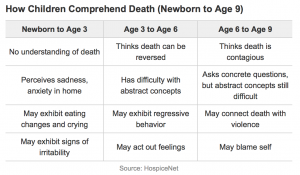

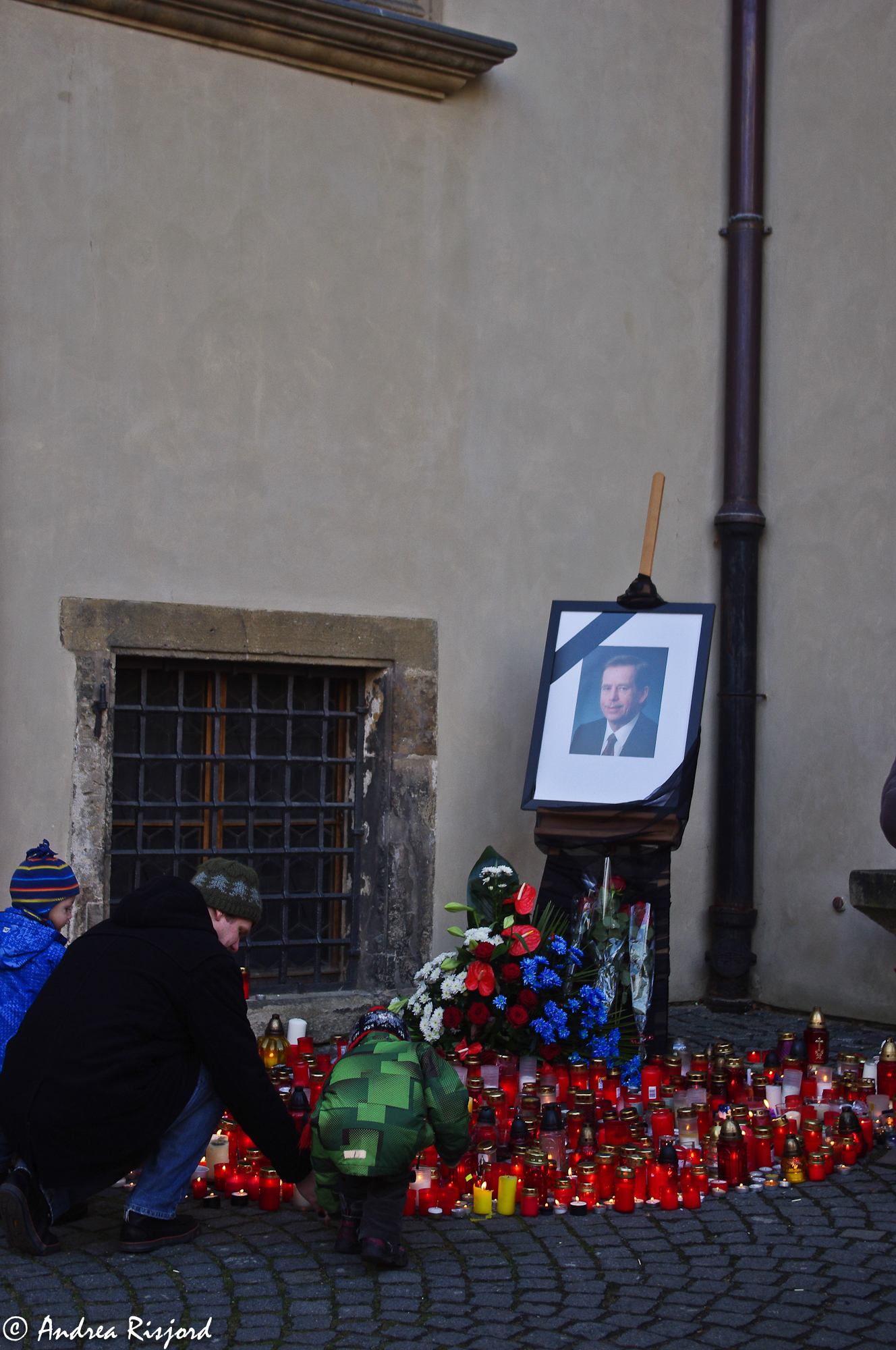
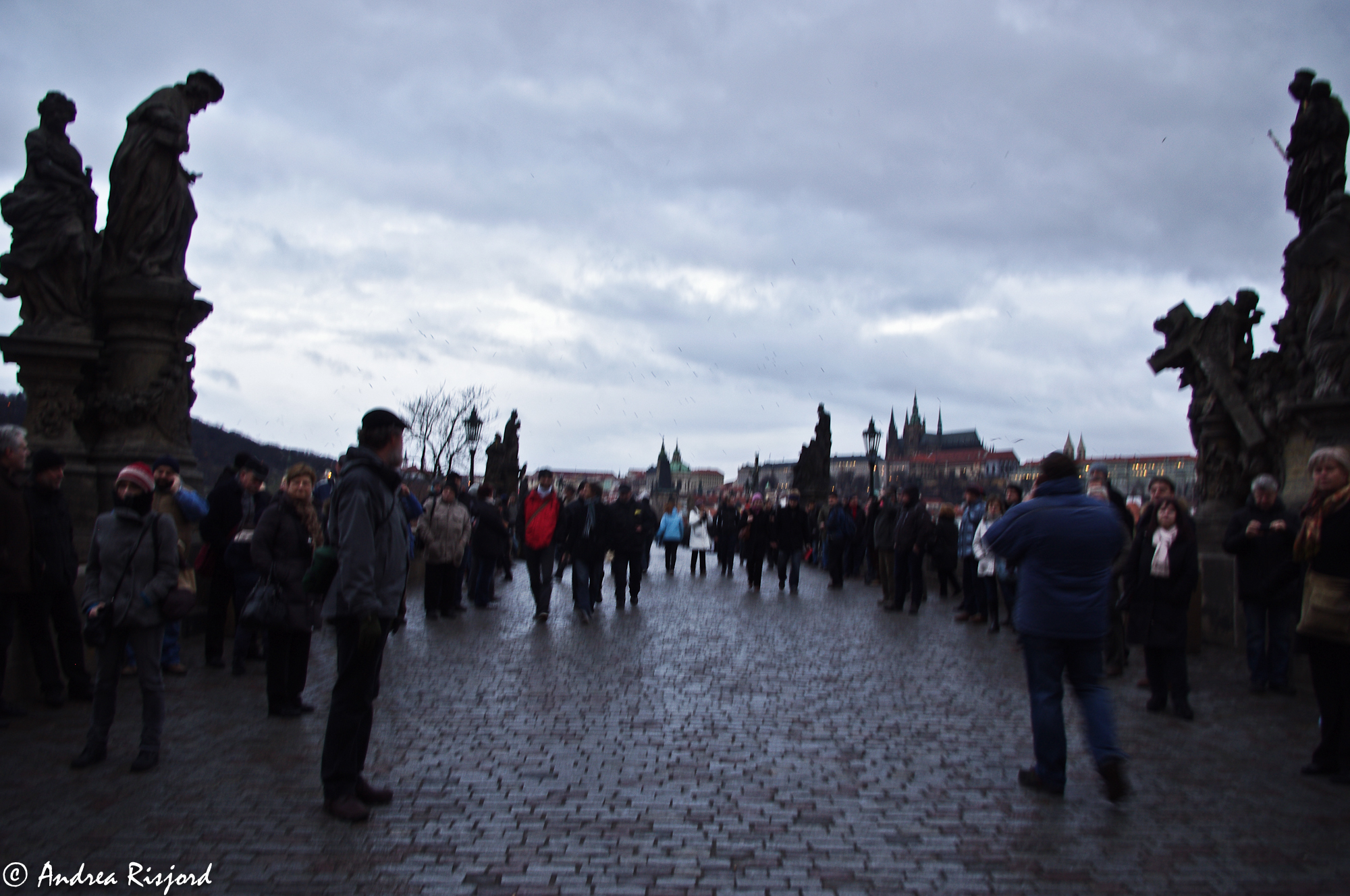
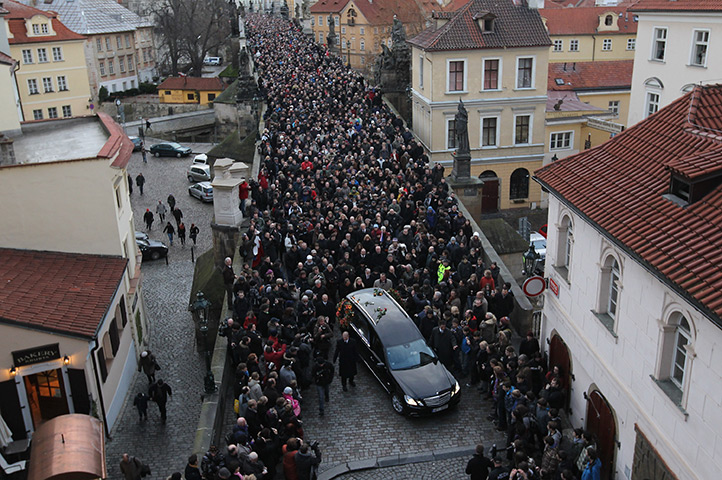
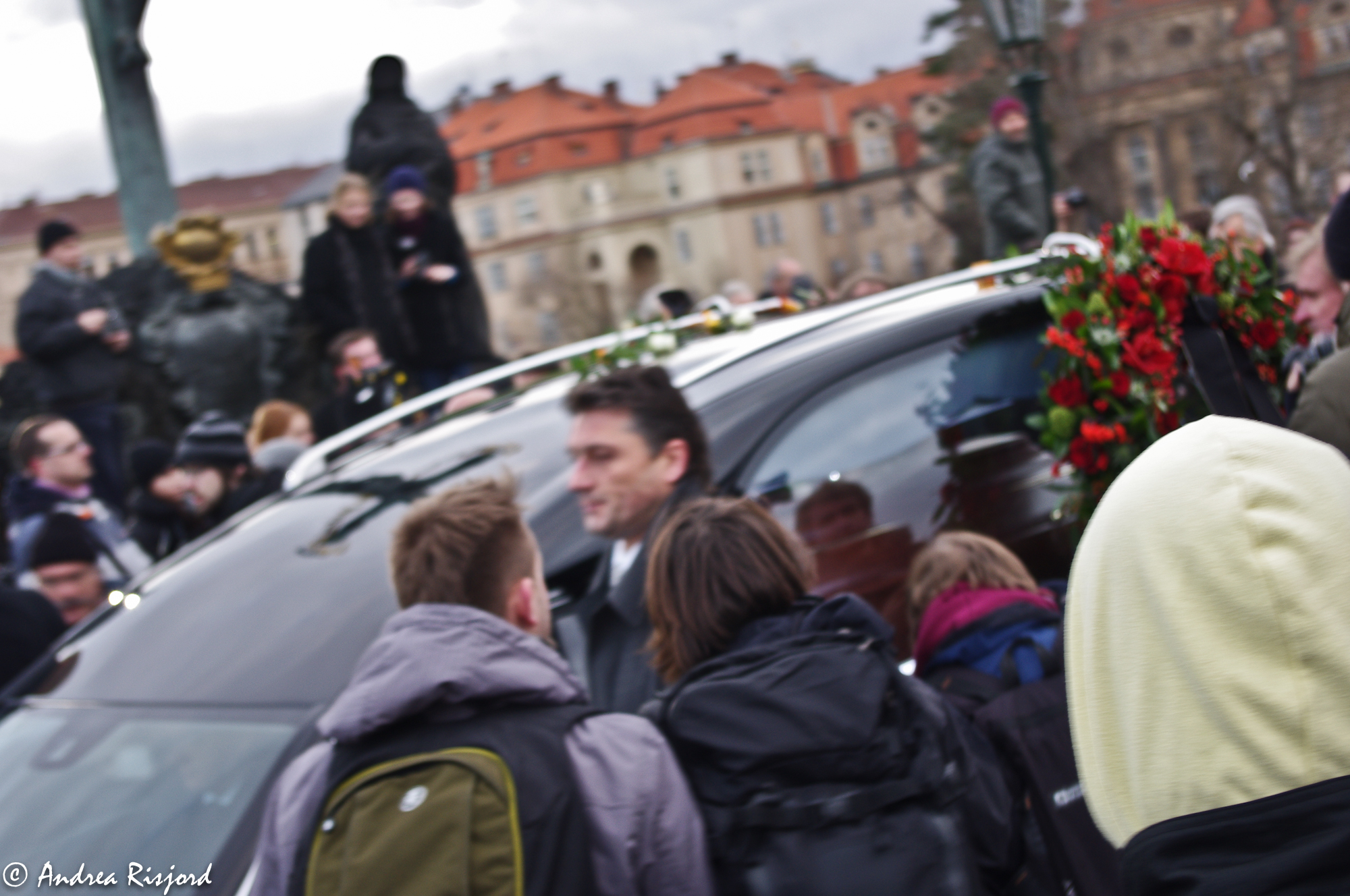
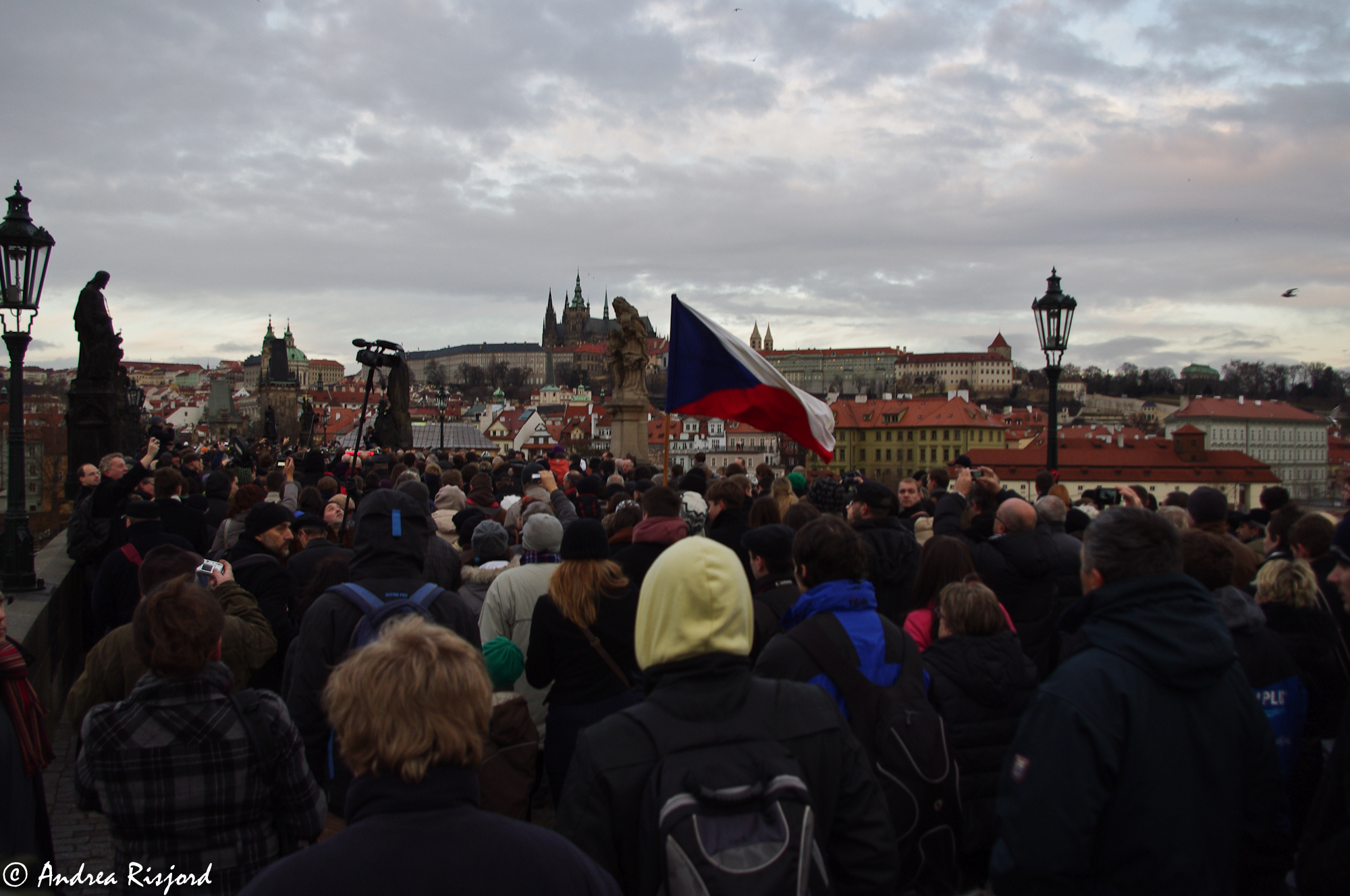
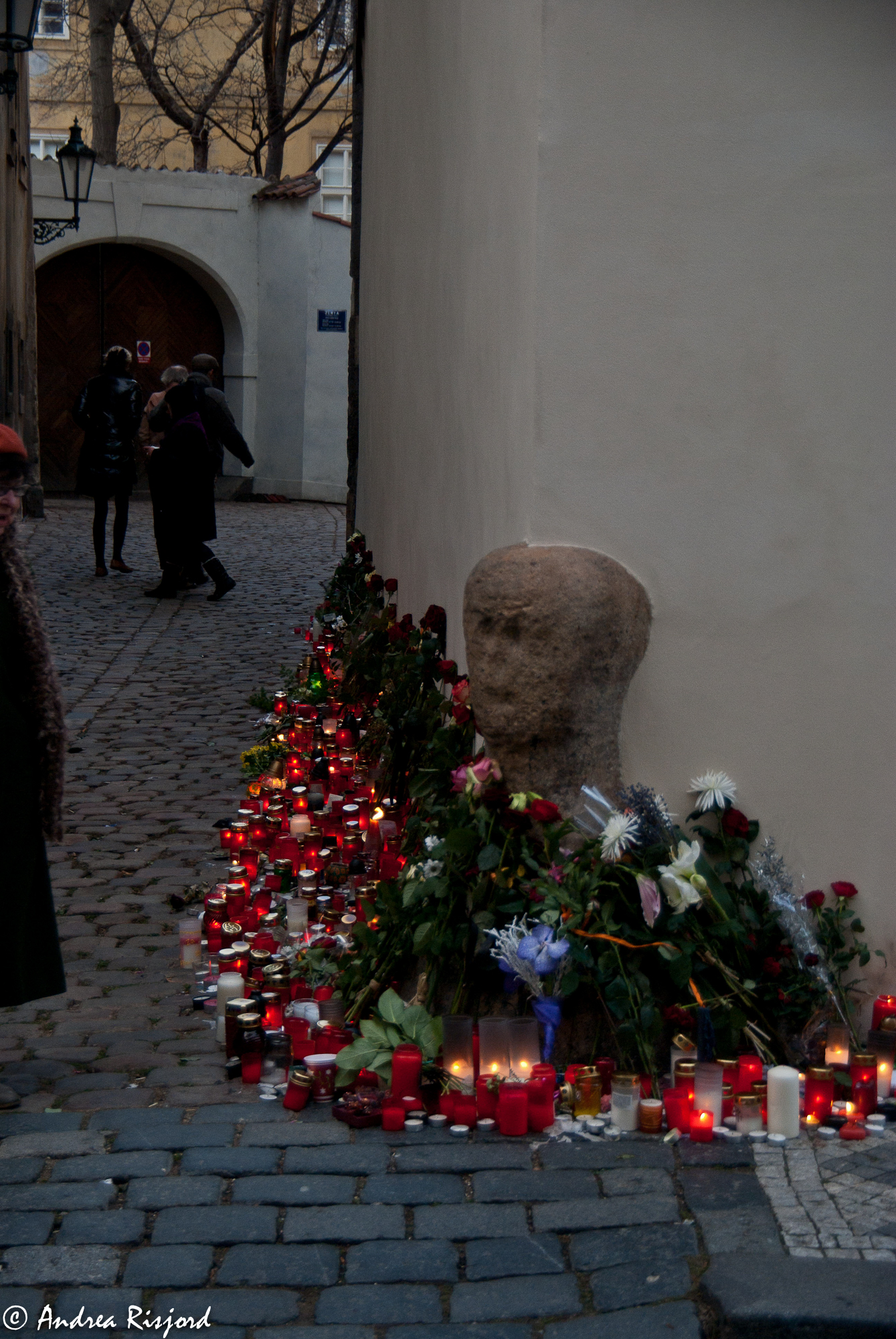
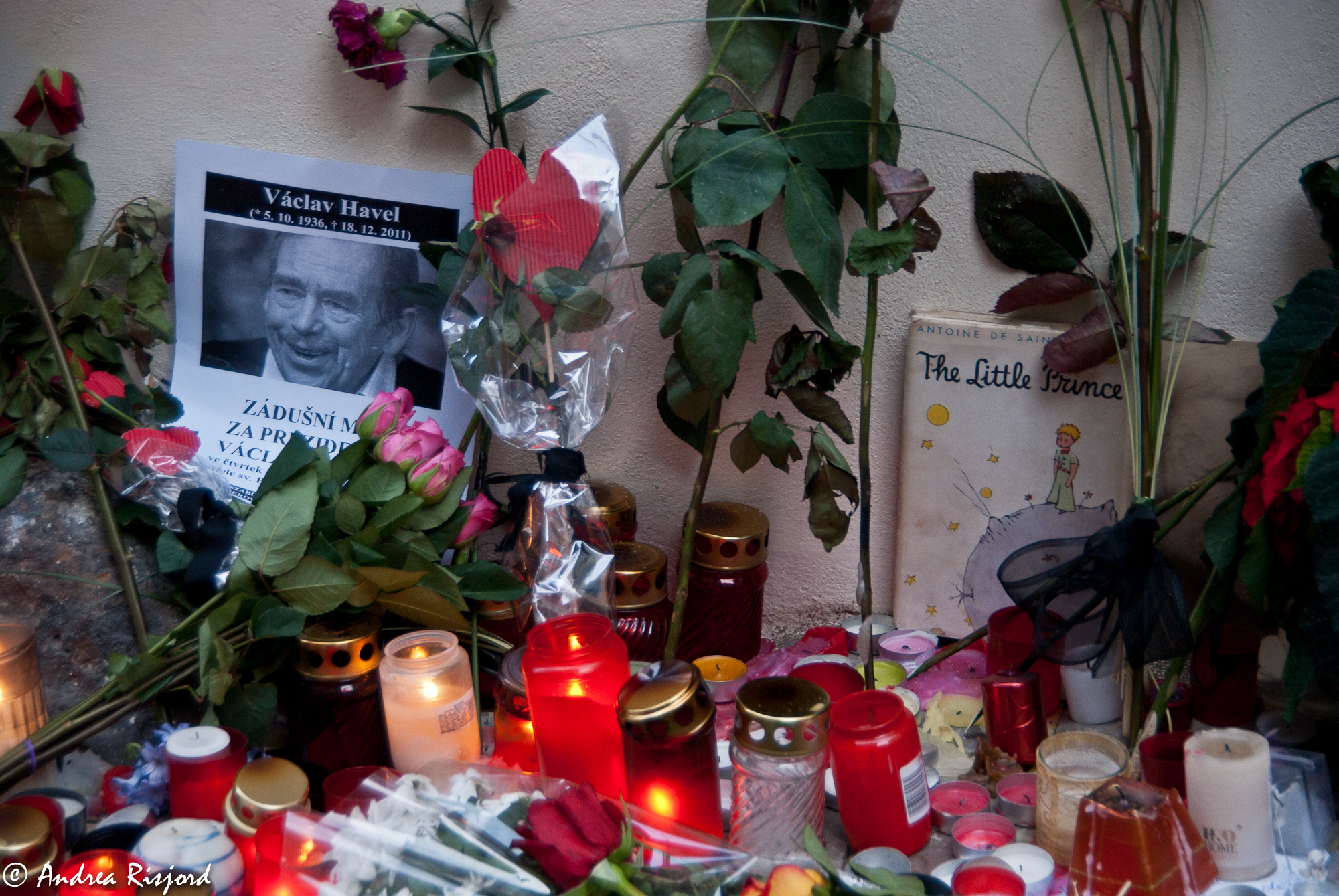

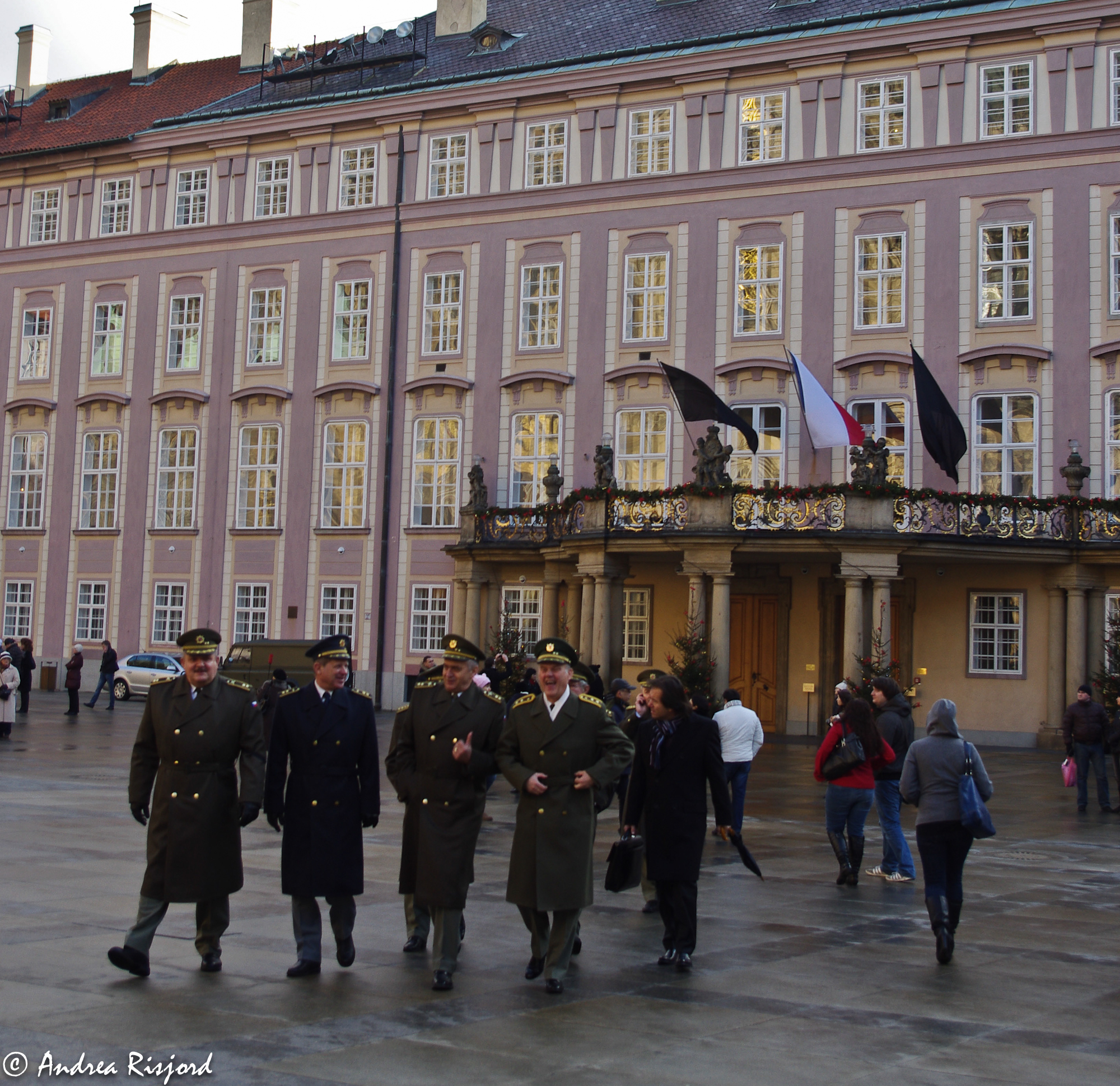
 The will is one of the most important documents one can provide post mortem; it lists who inherits what property. Now, one can begin writing or edit their will as many times as they want with the “MyWill” application, a free program that can be downloaded through the Apple AppStore. The user is able to assign certain pieces of property to certain heirs. It also allows the user to assign a new legal guardian for their minor children!
The will is one of the most important documents one can provide post mortem; it lists who inherits what property. Now, one can begin writing or edit their will as many times as they want with the “MyWill” application, a free program that can be downloaded through the Apple AppStore. The user is able to assign certain pieces of property to certain heirs. It also allows the user to assign a new legal guardian for their minor children!